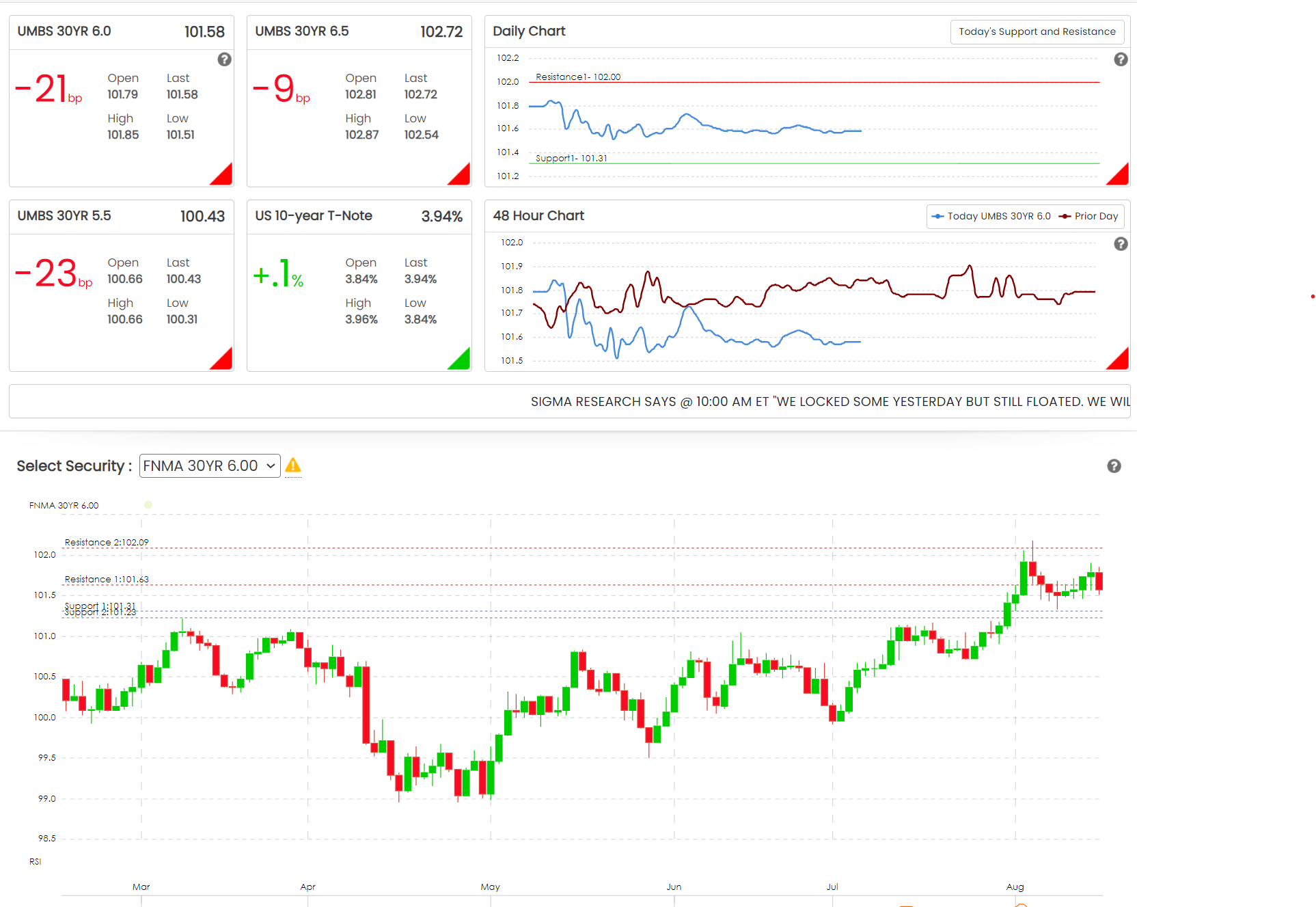
Introduction
Today’s financial markets have been a whirlwind of activity with significant implications for mortgage rates. From retail sales surpassing expectations to shifts in manufacturing and job markets, every piece of data has the potential to sway the direction of mortgage-backed securities (MBS) and, consequently, mortgage rates themselves.
Retail Sales Surge
The July retail sales data was robust, registering a 1.0% increase compared to the expected 0.3%. The breakdown reveals that excluding autos, retail sales still rose by a healthy 0.4%, indicating a strong consumer sector. Such vitality in consumer spending is a critical driver of economic health and can influence the Federal Reserve’s policy decisions regarding interest rates.
Job Market Resilience
Today’s jobs data further underscored the strength of the economic recovery. Weekly jobless claims dropped to 227,000, better than the anticipated 235,000. The reduction in claims suggests fewer layoffs and a more robust job market, potentially easing concerns about an economic slowdown.
Manufacturing Mixed
On the manufacturing front, the news was mixed. The Empire State Manufacturing Index reported a contraction of -4.7, which was less severe than the expected -6.0. However, the Philadelphia Fed Manufacturing Survey declined to -7, indicating some regional weaknesses. These indices are crucial as they can signal future manufacturing activity and economic health.
Housing Market Softens
The housing sector showed signs of softening, with the NAHB housing market index falling to 39 from an anticipated 42. This decrease is significant as it reflects builders’ sentiments about market conditions, potentially impacting future housing starts and mortgage demand.
Market Volatility and Rate Implications
Mortgage rates are experiencing high volatility amidst these data releases. Although the MBS market saw a slight improvement yesterday, it was insufficient to push mortgage rates lower. Today, the bond market has reacted variably, with the 10-year note yield rising, indicating potential upward pressure on rates.
Bottom Line
For those navigating the mortgage landscape, today’s data provides critical insights. The strength in retail sales and the job market may temper expectations for significant Fed rate cuts, while manufacturing softness and a weaker housing market present countervailing risks. As always, those looking to lock in rates or float their loans should consult with a mortgage professional to navigate this complex environment effectively.
Stay Updated
For continual updates on how daily economic indicators are impacting the mortgage market, stay tuned to our daily and weekly market analysis at RateAlert.com.


